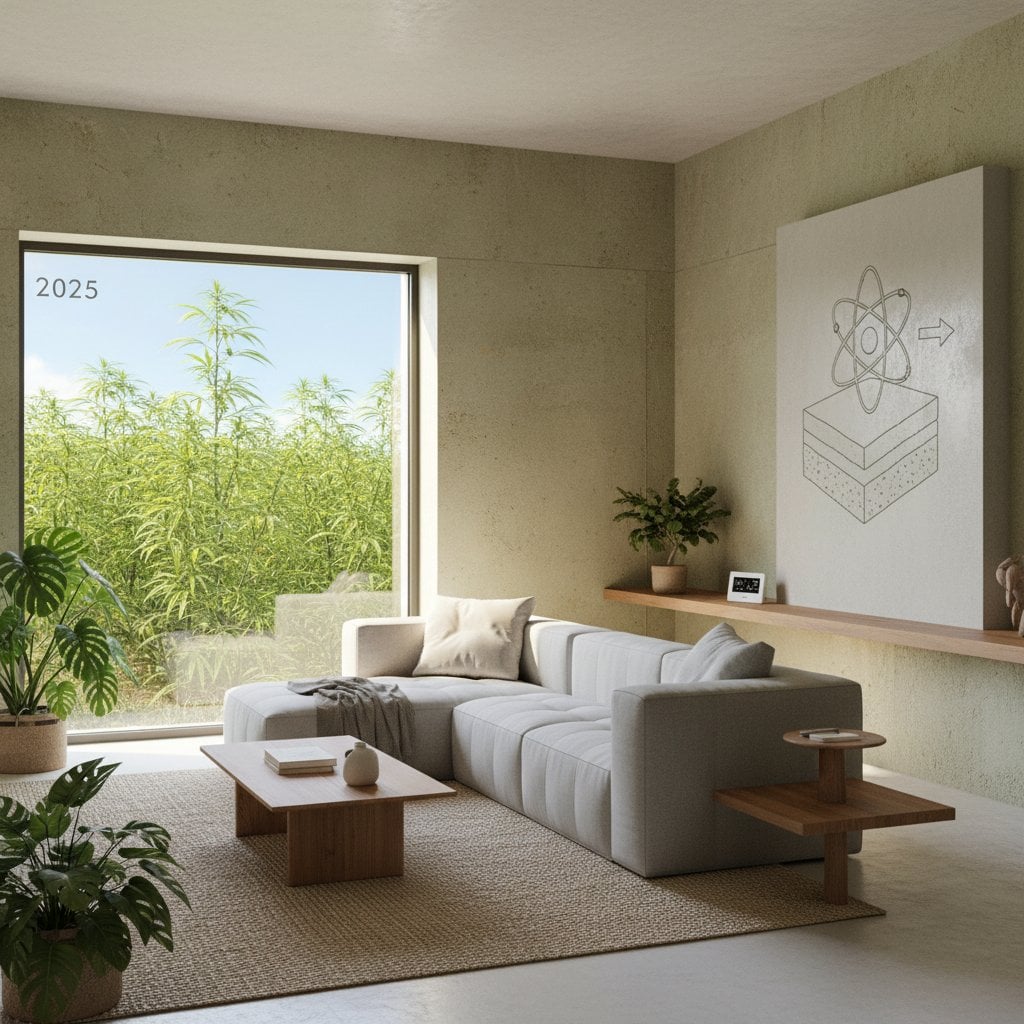Geothermal Heat Pumps: Slash Energy Bills by 50 Percent
Why Homeowners Are Turning to Geothermal Solutions
Rising utility bills and unreliable heating or cooling systems frustrate countless homeowners each year. Imagine returning to a house that refuses to cool down on a blistering summer day, or facing winter nights where the heater runs nonstop yet leaves you chilled. These struggles push many to explore sustainable, efficient alternatives that promise both comfort and savings. Geothermal heat pumps stand out as a compelling option, offering a way to cut costs while maintaining a consistent indoor environment.
How Geothermal Systems Work and Save Money
Geothermal heat pumps harness the stable temperatures found just below the earth’s surface, typically between 50 and 60 degrees Fahrenheit year-round. By transferring heat to or from the ground, these systems require far less energy than traditional HVAC setups that burn fossil fuels or rely heavily on electricity. Industry insights suggest that heating and cooling make up nearly half of a home’s energy consumption, so tapping into this natural resource can lead to substantial reductions in utility expenses, often by 30 to 50 percent.
Beyond cost savings, the durability of these systems adds to their appeal. Underground loops, which form the core of the setup, can last over 50 years, while indoor components typically endure for 20 to 25 years. This longevity means fewer replacements and repairs compared to conventional units, translating into further financial benefits over time.
Key Advantages That Set Geothermal Apart
For those considering an upgrade, geothermal heat pumps offer several standout benefits that make them a wise investment for the long haul. First, they deliver exceptional comfort by maintaining even temperatures throughout the home without the noise of traditional compressors or the uneven air distribution of forced-air systems. Second, their environmental impact is minimal, as they reduce household emissions and align with broader renewable energy goals. Finally, the absence of combustion eliminates risks like carbon monoxide leaks, adding a layer of safety for families.
Navigating the Challenges of Installation
While the advantages are clear, homeowners must carefully evaluate certain factors before committing to a geothermal system. Upfront costs, ranging from $18,000 to $30,000 for a typical residential installation, can seem daunting. However, federal tax credits, local incentives, and long-term energy savings often offset this initial expense, with many recouping their investment within 7 to 12 years. Site conditions also play a critical role: larger properties allow for cost-effective horizontal loops, while smaller or urban lots may require vertical drilling, which increases expenses but remains feasible.
Another crucial aspect is system design. A poorly sized loop can fail to meet heating or cooling needs, while an oversized one wastes resources. Working with an experienced installer who understands local soil conditions and energy codes ensures the system performs optimally from day one.
Practical Steps to Maximize Efficiency
To make the most of a geothermal investment, consider a few actionable strategies. Start by assessing your current energy rates, as higher utility costs shorten the payback period and amplify savings. Schedule a professional evaluation of your property to determine the best loop configuration for your space. Additionally, plan for minimal maintenance, as these systems typically need only an annual inspection to keep running smoothly. For those pursuing green building certifications, such as LEED, installing a geothermal system can contribute valuable points toward achieving that goal.
Moving Toward a Sustainable Home
Transforming your home into an efficient, eco-friendly haven starts with informed decisions about systems like geothermal heat pumps. They demand thoughtful planning and a significant initial outlay, but the rewards of lower bills, consistent comfort, and reduced environmental impact are well worth the effort. Reach out to a qualified geothermal installer to discuss your property’s unique needs, gather detailed quotes, and explore available incentives. With the right approach, you can build a living space that not only saves money but also works in harmony with the planet for decades to come.
Frequently Asked Questions
Q: How long does it take to install a geothermal heat pump system?
A: Most residential installations are completed in two to four weeks, though this varies based on site conditions and the complexity of drilling required.
Q: Can geothermal systems work on small properties?
A: Absolutely, vertical loop systems are specifically designed for limited land areas, though they come with a higher upfront cost compared to horizontal setups.










